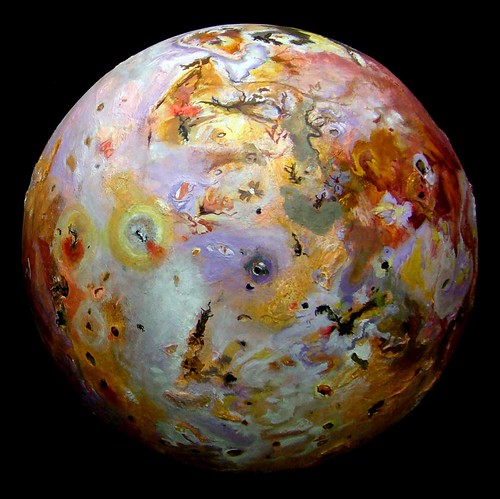

It has a similar composition to the terrestrial planets in our Solar System.Įuropa is the smoothest known object in the Solar System. Beneath the icy water crust is probably a salty ocean. and its surface is covered with icy water. The tidal forces cause the planet to bulge up and down as much as 100 meters.Įuropa Europa is the sixth largest moon in our Solar System. Ganymede and Callisto cause tidal forces on the planet. Some of the volcanoes are erupting fountains of lava high above the moon's surface. Hundreds of volcanoes are still active on Io. Io Io is smaller than Ganymede and Callisto but is denser than Jupiter's other moons. The moon has more craters on its surface than any other object in the Solar System. Callisto orbits Jupiter once every 17 days and is only 1% smaller than Mars. Saturn's Titan moon and Ganymede are larger. It is the third largest moon in the Solar System. NASA scientists believe the ocean beneath the icy crust could contain more water than all oceans on Earth combined.Ĭallisto Callisto was discovered by Galileo in 1610. Ganymede has an iron-rich liquid core and an internal ocean. Ganymede is composed of equal part silicate rock and water ice. The moon also has auroras that are ribbons of light caused by the glowing gases around its north and south poles.

Ganymede Ganymede is the largest moon in the Solar System. Galileo's telescope was not powerful enough to observe the other 75 known moons that orbit Jupiter. Today, they are called the Galilean moons in his honor. He named the moons Io, Europe, Ganymede and Callisto. Galilean moons Galileo Galilei in 1609-1610 looking through his telescope at Jupiter discovered its four largest moons. Many ancient civilizations also thought the Earth was the center of the universe and all objects in the sky orbited around the Earth. The geocentric theory stated that the Sun Moon, stars and planets all orbited the Earth. Geocentric theory The geocentric theory prevailed before this time. The heliocentric theory states that the Sun is at the center of the universe instead of the Earth. His discoveries led to the acceptance of the heliocentric theory put forth by Copernicus in the 1500s. Galileo's observations and the heliocentric theory Galileo's discoveries led to the birth of modern astronomy when he observed that the "stars" around Jupiter were really moons that orbited the planet. NASA/ESA Hubble Space Telescope Galileo's observations and discoveries This picture includes far-ultraviolet images of Jupiter's auroras that have formed on its north and south poles by the Hubble Space Telescope. Jupiter is best known for the colorful cloud formations on the surface of the planet.


 0 kommentar(er)
0 kommentar(er)
